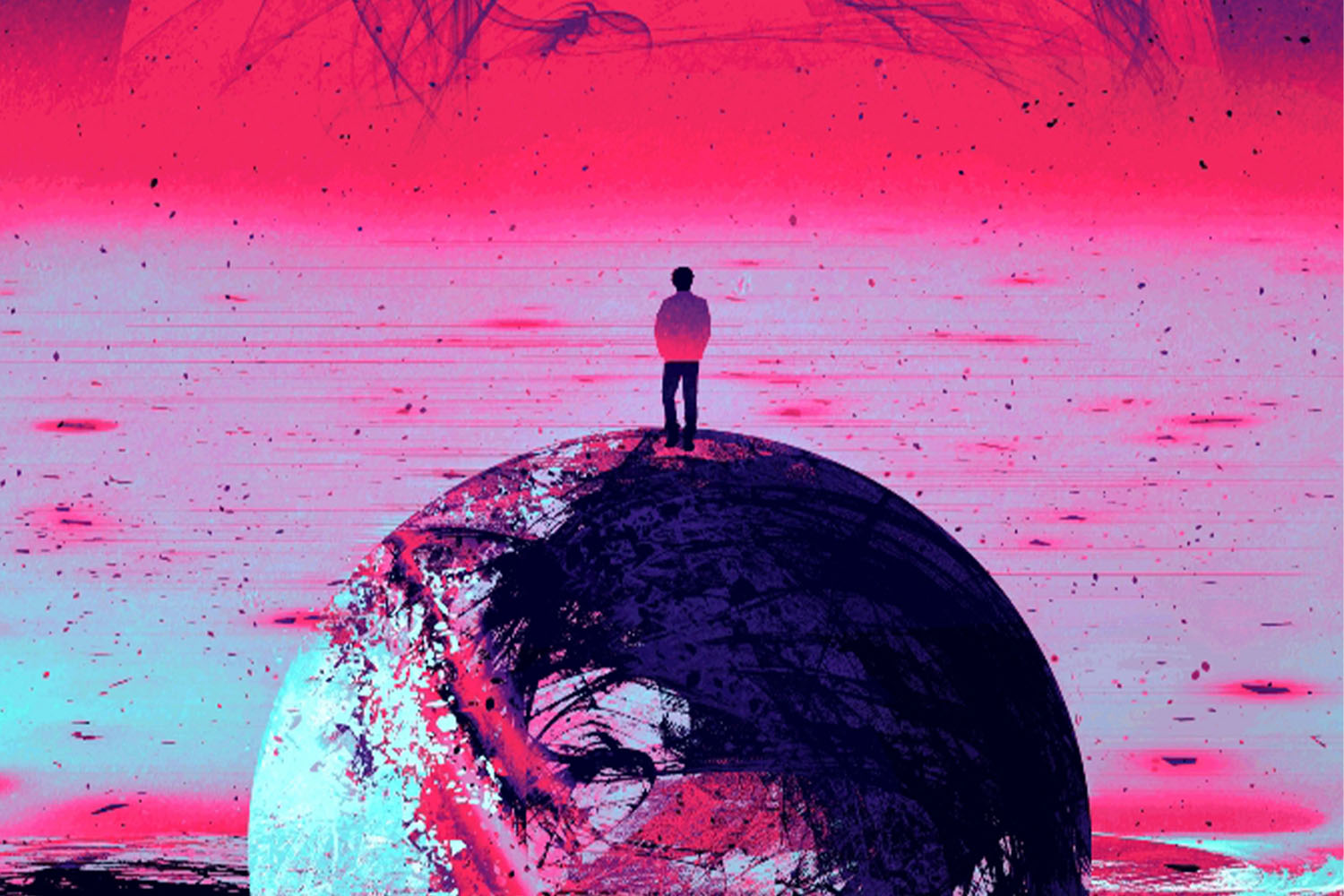We are excited to introduce you to a young freelance illustrator from Toronto, Canada who loves to create sci-fi environments using Amberlight and Flame Painter. Besides his passion, Scott Uminga talks about inspiration, daily routine, and creative block. Read about Scott’s creative workflow and find out about who to follow on Instagram.
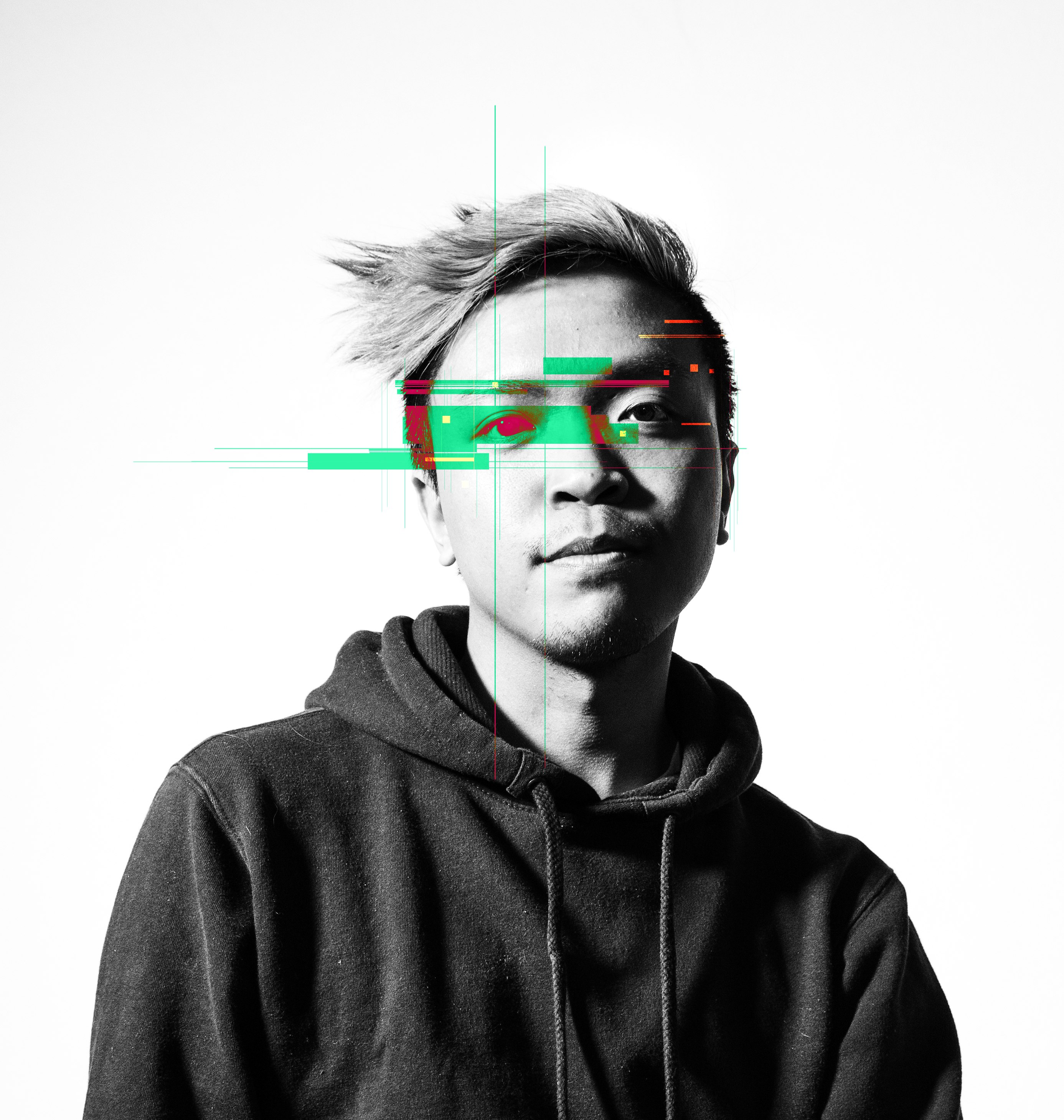 Hello Scott! Escape Motions team knows you as an extraordinary Amberlight talent, but could you please introduce yourself to our audience further?
Hello Scott! Escape Motions team knows you as an extraordinary Amberlight talent, but could you please introduce yourself to our audience further?
Hi everyone at Escape Motions and from around the world. I’m Scott Uminga from Toronto, Canada. I’m a Freelance artist with a current focus on personal illustrations. I graduated from the Game Development Program at my college and since then have been doing on and off commissions and working part-time at my local bookstore.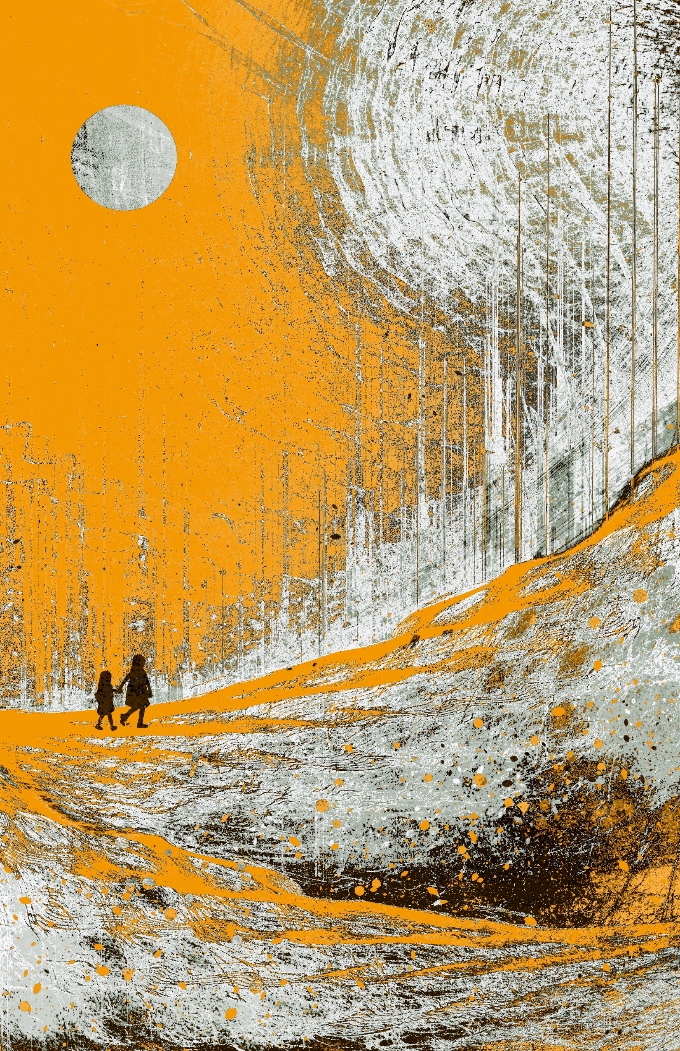 We bet every day is different for a freelance artist as the projects are always different. Although do you have any daily routine you try to follow? How did pandemic restrictions influence it?
We bet every day is different for a freelance artist as the projects are always different. Although do you have any daily routine you try to follow? How did pandemic restrictions influence it?
These pandemic times have me homebound for several days a week. And I’ve been reflecting on how energetic and lively the past years have been. There are activities that I miss like reading while riding the subway to work or downtown, attending life/figure drawing sessions around the city several times a week, dining out, and playing board games at cafes with friends, etc.
Nowadays some things I do for my daily routine when I’m at home: I usually get my daily fix of drinking 2-3 cups of coffee, tend to my pets (1 Dog, 3 Cats, 2 Kittens, 1 Turtle), watch daily talk shows and catch up on any news at lunch. I also go on walks every other day with my cousin in the afternoon, play video games and stream shows in the evening, and talk to my partner whenever he’s not too busy from work.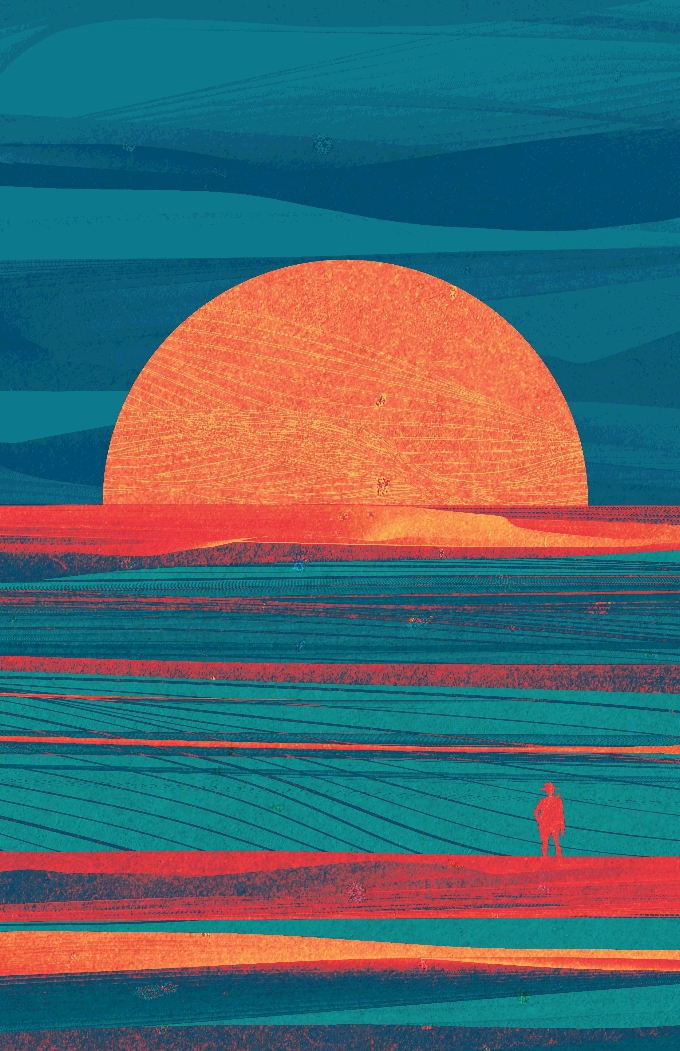
A lot of your pieces are placed in interesting sci-fi environments. Where do you take inspiration from?
A lot of my inspiration for my sci-fi environments comes from my commutes to the city. Seeing tall buildings while I ride a streetcar into the downtown core. I still have that sense of awe and wonder seeing the height of such structures. Though ironically, I have a mild fear of heights and actually being in tall buildings and flying in planes. Other sources of inspiration come from the shapes of brushes I’ve made throughout the years. I love seeing iterations of the same shape interpreted into other forms.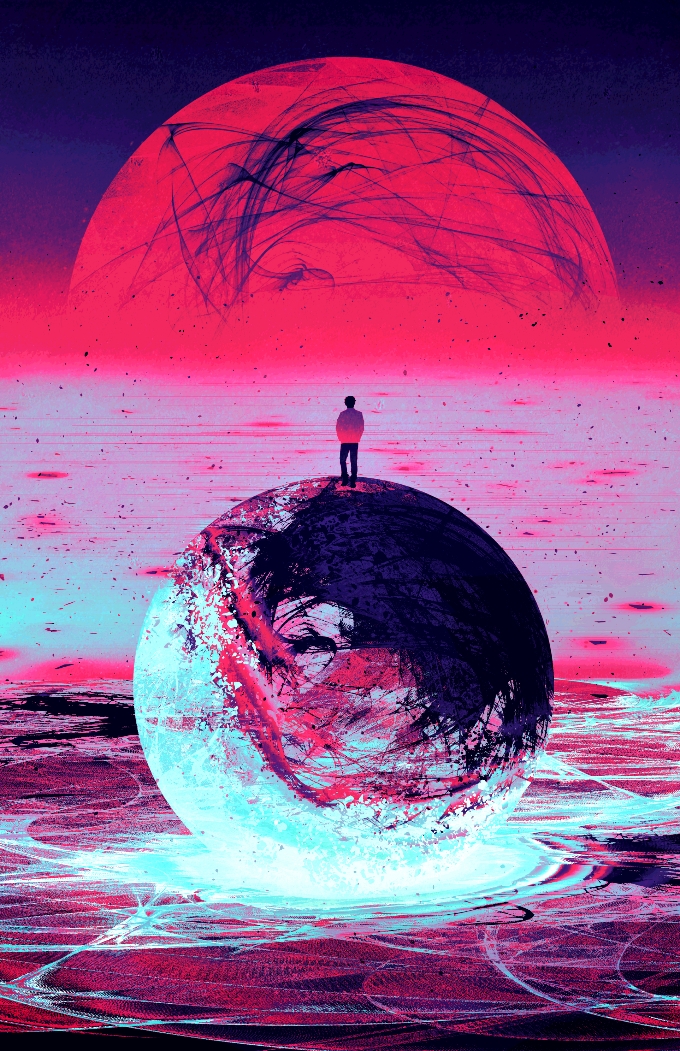
We are very fascinated anytime we see your art. Could you walk us through your creative process?
One tip for almost everyone: Don’t forget to save your work every so often. And don’t be afraid to make multiple save files.
I usually start my process with a thought or a brief description of what the client wants in the illustration. I then sketch the composition out very roughly while taking into consideration the main features and what kind of feeling this piece will portray. The final piece is usually at 11”17” 300dpi canvas which is my preferred size to illustrate. Though the dimension changes depending on what is required.
Typically I highlight keywords in the brief that are to be prominent for the illustration. I usually also have a song on repeat that inspires the imagery or mood of the piece.
I start with a neutral colour gradient for the background. And I loosely start to incorporate shapes and brushes from my personal library that would indicate the needed features. I then place several gradients where the main light and shadow sources are coming from. When I’m happy with the result I add a texture from my collection and adjust the colour layers to fit the mood. From there I start layering other textures and minor shapes in order to fill in the environment. I then add soft layers of light and shadows to support these features.
Near the end when I’m happy with the overall illustration, I make a separate save file and flatten the image. This is where I start to experiment with colours, adjustment layers, and more textures.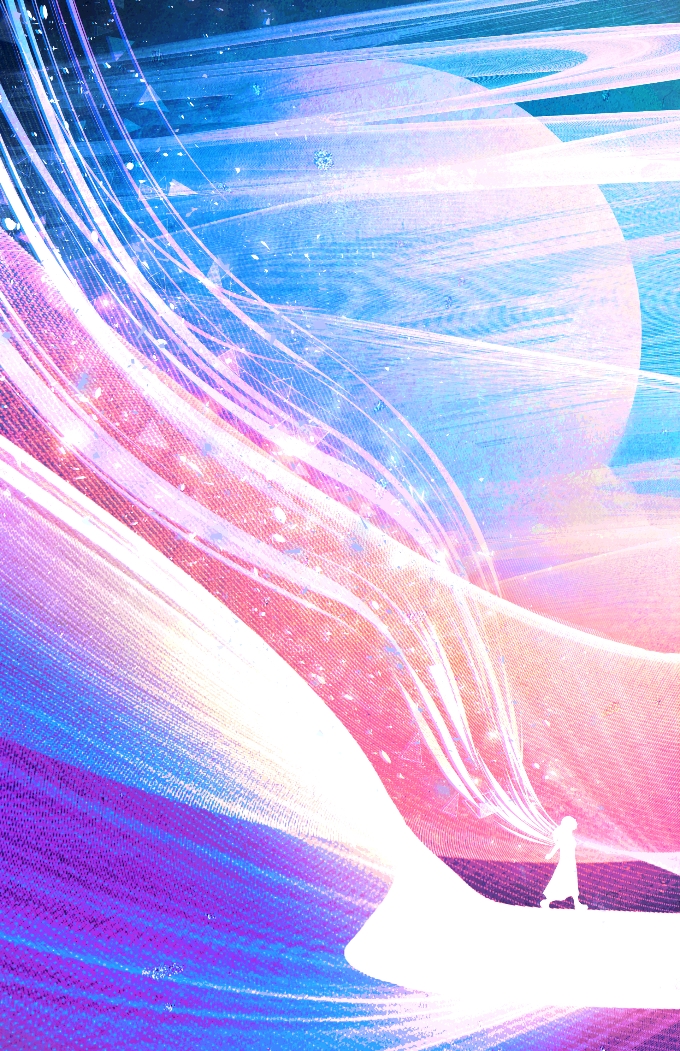
You became a faithful user of our applications. How would you describe the painting experience in Flame Painter and Amberlight in your own words?
I initially remember looking for VFX software that was not subscription-based and not overly complicated. I found Flame Painter and Amberlight and both looked good. Thankfully there was a demo for both. I ended up loving what it could do and was excited to see what else I can create from them and proceeded to purchase the bundles. Painting with Flame Painter and Amberlight has been quite mesmerizing. I found it was compelling to watch organic spaces being made and create unique textures out of them that I would not be able to create on my own and incorporate them into my illustrations. Creating these effects with a brush or a move of a node makes the tool easy to use if you're not familiar with heavy-duty 3D software. There are several interface functions that you can tinker with in order to fully control the movement.
From what I’ve used it for I would recommend Flame Painter for the person who is looking to add static VFX particles into their illustration without the hassle of long rendering times, as well as add a new dimension to their foregrounds and backgrounds. For Amberlight I’ve been using it for major compositional features as well as textures to add depth. I find whatever you make in either software is going to be unique and you're going to create and save many PNGs for future use.
In Flame Painter I love the brushes and particle effects, and I hope they’ll come out with more packs in the future and maybe even a custom brush tab with the ability to share custom particle effects with others.
One of the features in Amberlight I recently found out is that you can rotate a single node or all the nodes, that’s been exciting. I do hope one day it can potentially rotate a node on a Z-axis, that would mind-boggling.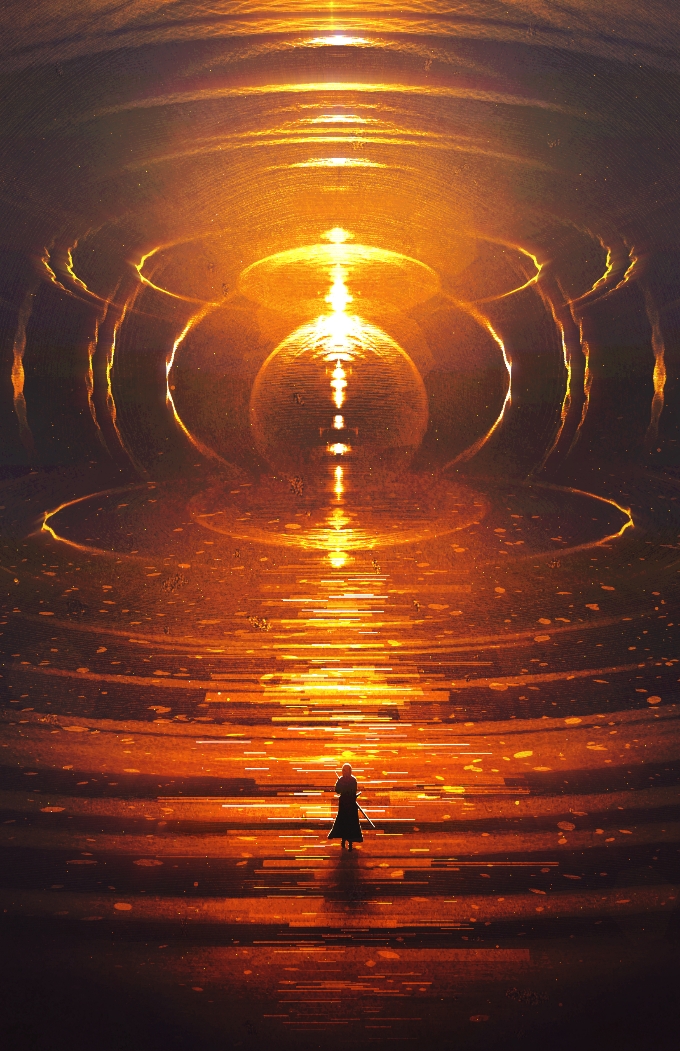
It seems like you are always on the lookout for inspiration. However, have you ever encountered a creative block? What did you do about it?
I remember a college professor showing this image of what “creative block” looked like. And it was like a graph where there are times of creative highs and lows, where your ability to evaluate art overtakes the rate at which your skills improve and vice versa, but overall your skill is always going up. One other mentor of mine also mentioned that there are times of complacency where your skill plateaus or flat lines. This image sort of cemented itself in my mind. And I found once you get out of the slump your art becomes better and more refined. I personally get out of this slump usually through a “kick”. Most times it's eating spicy food, but sometimes it's encouraging myself to try and create something even if it doesn’t go anywhere in the end. I think there’s pressure as an artist to come up with something original for monetary value or admiration and that can be stressful. But when you can illustrate to release that frustration it's quite rewarding to create more art like it.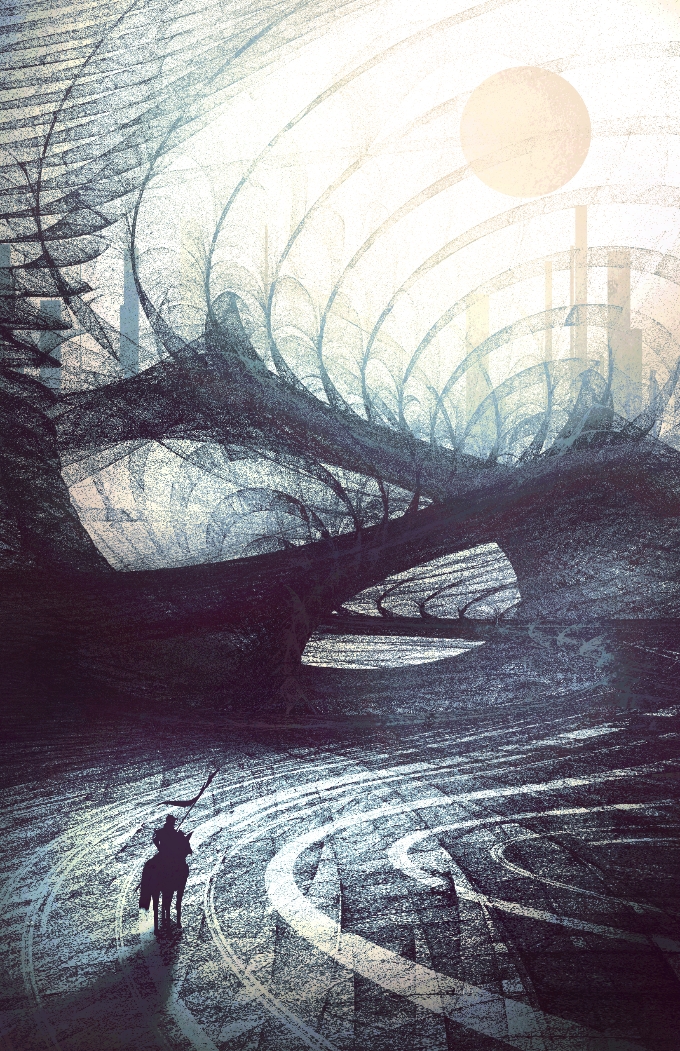
Do you have any muses? Which artists would you recommend us to follow on Instagram?
I have tons of muses, though I've been a fan and admirer of visual artists for a very long time.
Some artists dedicated to Character Design and Illustrations that I follow are Yoshitaka Amano, Perry Dixon Maple, Claire Wendling. and Charles Ratteray. I also like Kilian Eng, Amirzand, and Sparth who create Environmental Designs.
Thank you, Scott, for taking the time to share about your life, art, and even creative struggles. We hope, you can always find inspiration around you, which becomes a spark for your new artworks. We cannot wait to see what the future holds for your creative process.
---------------
Visit Scott Uminga’s portfolio and social channels:
Website: Scott Uminga Website/Blog
ArtStation : Scott Uminga Artstation
Instagram: scott_uminga
Facebook: Scott Uminga

